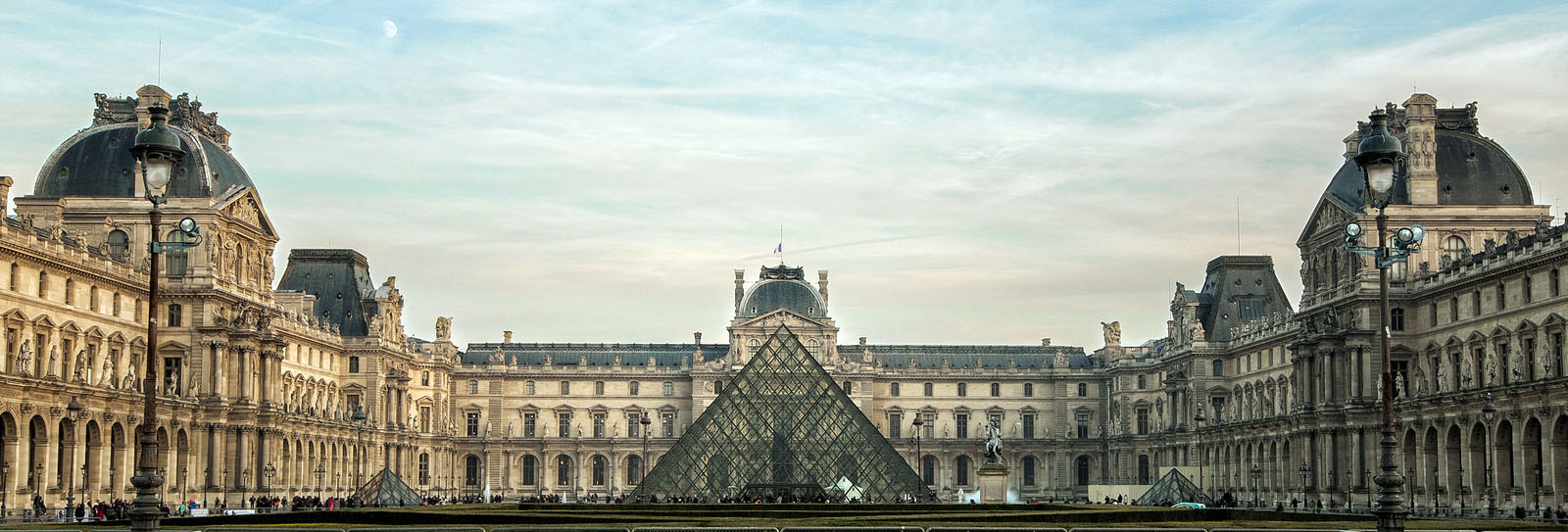
The Louvre in Paris is the world’s best-known, biggest, and busiest museum. And it’s getting busier - since the glass pyramid entrance opened in 1989, the number of visitors to this gargantuan treasure house has tripled.
This year it looks as though it will break the 10 million barrier for the first time.It’s hardly surprising. It is home to the Mona Lisa, the Venus de Milo, Michelangelo’s slaves, Vermeer’s Lacemaker, a matchless collection of Raphaels, and some of the greatest finds from the ancient world.
These are seminal works in the history of art, and virtually every visitor to Paris seems to want to tick them off their list.
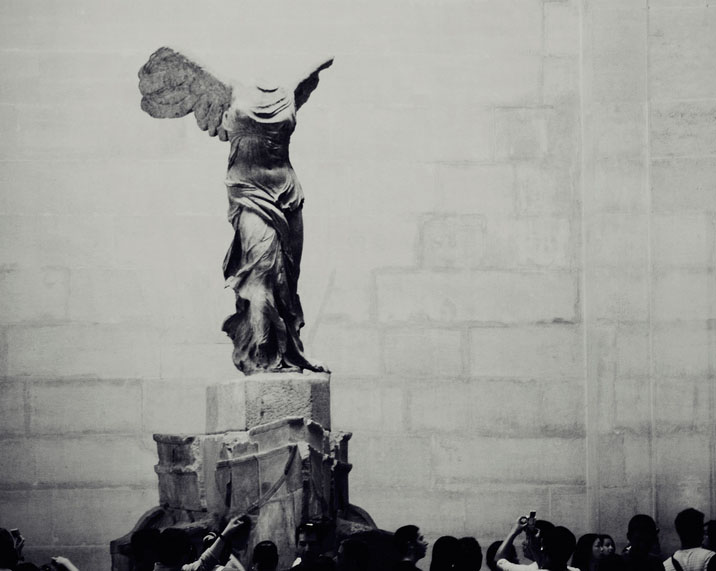
Winged Victory of Samothrace
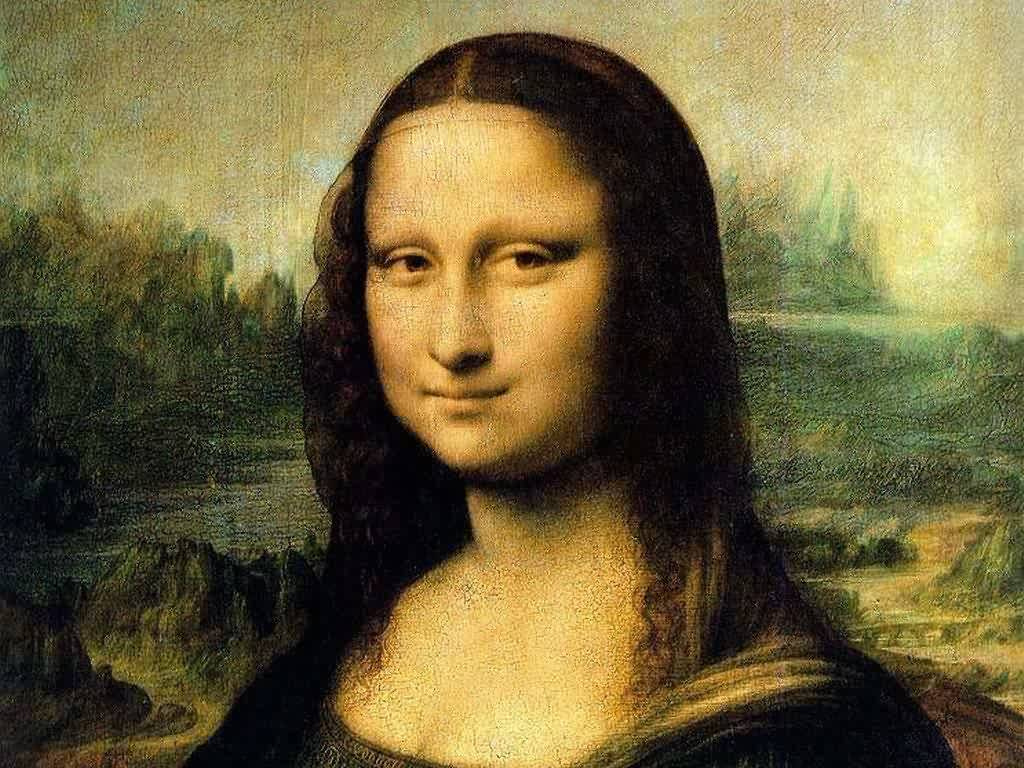
Portrait of Lisa Gherardini, wife of Francesco del Giocondo
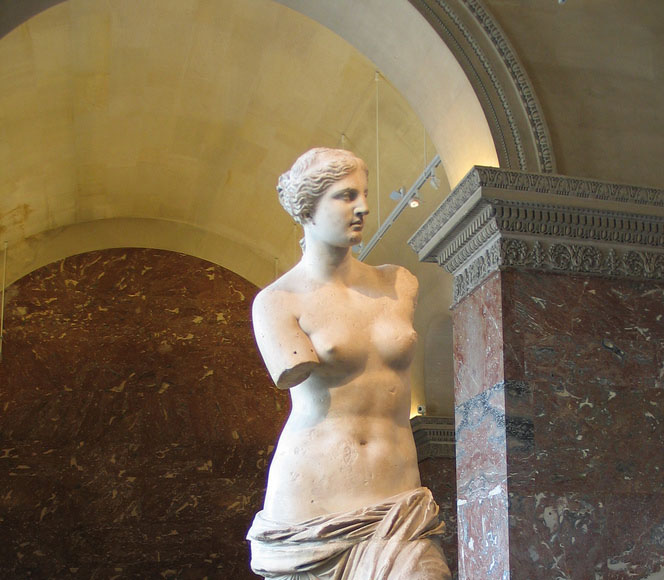
Aphrodite
Winged Victory of Samothrace
An original Greek statue probably destroyed by an earthquake, this work was found in countless pieces in 1863 on the island of Samothrace, in the northeast Aegean.
The right wing is a plaster copy of the left wing, the only one to have survived. The cement base beneath its feet is also modern; the statue initially stood on the sculpted prow of the ship.
It loomed out of a hilltop sanctuary at an angle, which explains why less attention was paid to carving the right-hand side.
Portrait of Lisa Gherardini, wife of Francesco del Giocondo
Acquired by Francis I in 1518, acclaimed by artists of the day, the Mona Lisa – also known as La Gioconda – only earned her worldwide fame in the 20th century, more on account of her "adventures" theft (1911–14), stoning (1956), travels to the United States (1963) and Tokyo and Moscow (1974) — than her outstanding qualities. Da Vinci’s dazzling, almost magical technique models the forms through his use of glazes (very diluted, quasi-transparent layers of paint), playing with light and shade effects by making the contours hazy ("sfumato").
Aerial perspective, moving from brown to blue, creates, through the density of the air, an abstract landscape made up of earth and water. What a pity that the colors darken as the varnish ages: the sleeves were once saffron yellow. The model’s identity has given rise to the oddest suggestions at times, even going as far as to say that she was a man. It is probably a portrait, begun in Florence between 1503 and 1507, of Monna ("Mrs.") Lisa Gherardini del Giocondo. Her smile could thus be a symbol of her name, "gioconda" also meaning "cheerful."
Aphrodite, known as the Venus de Milo
There’s nothing more frustrating than studying Greek art, given that the originals are so few and far between and are never seen in their original state. Could you imagine this statue with arms, and adorned with jewelry and color? The Venus de Milo, or Aphrodite of Melos (named after the Greek island on which it was discovered in 1820), is one of these magnificent originals. Her naked torso enabled her to be identified as Aphrodite, the Roman Venus, goddess of love and beauty, born out of the foam of the sea. And with her, Greek art gave birth to all Western art’s female nudes. Certain stylistic details indicate a dating of around 100 BC. Her elongated silhouette, position in space, and very sensual, realistic nudity link this work to the Hellenistic period (323–31 BC), the last great era in Greek history. Her neutral, impassive face, however, forms a stark contrast, rather like a mask that has been added on.

The Coronation of the Emperor Napoleon I
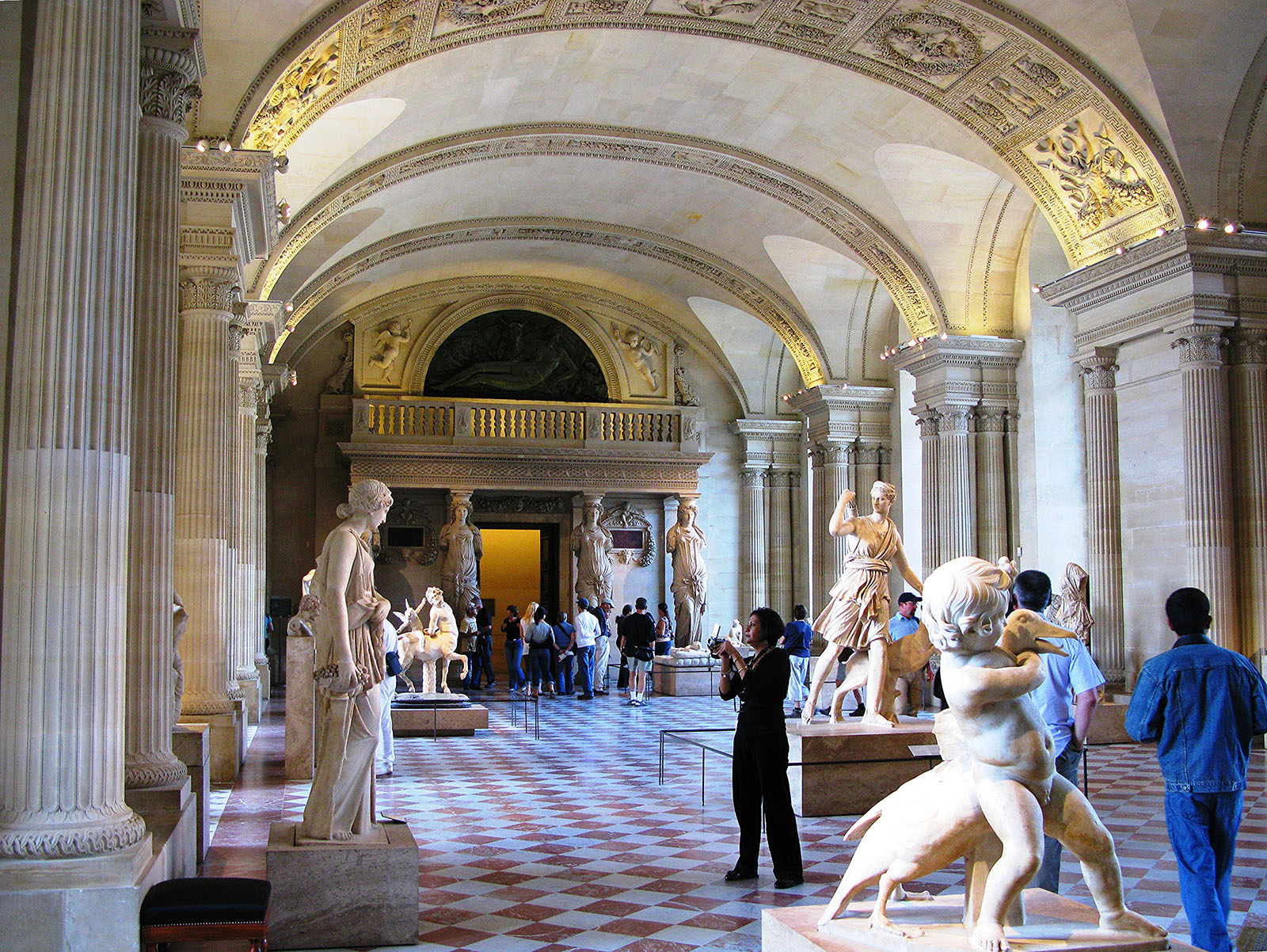
Salle des Caryatides

Anne of Austria’s Summer Apartments
The Coronation of the Emperor Napoleon I and the Crowning of the Empress Joséphine in Notre-Dame Cathedral on December 2, 1804
It took David three years to complete this vast painting commissioned by Napoleon I to immortalize his coronation on 2 December 1804 at Notre-Dame. Specially redecorated for the occasion in neoclassical style with painted trompe-l’œil wooden paneling, the choir of the cathedral resembles a theater stage in which each actor has his place amidst the grandiose scenery.
As in any work of political propaganda, there are certain notable arrangements with reality: the presence of the emperor’s mother on a throne in the center, when in fact she was absent that day, as she was angry with her son; or the idealized beauty of a slimmer, taller Napoleon and a younger Josephine, rejuvenated by the brush of a diplomatic artist, recently appointed First Painter to the Emperor. It depicts Napoleon crowning Josephine, blessed without great conviction by Pope Pius VII, seated behind the emperor, and is less provocative than the painting in which he crowns himself.
Salle des Caryatides
The medieval Louvre disappeared after 1547 and was gradually replaced by a modern palace with the Salle des Caryatides at its heart. In June 1610, a wax effigy of Henri IV was put on public display here, so that the people of Paris could pay their respects to the “good king” who had been assassinated by the fanatic Ravaillac. And in this same room, Molière performed before King Louis XIV for the first time, on October 24, 1658.
Anne of Austria’s Summer Apartments
In 1655, Louis XIV ordered the architect Louis Le Vau to design an apartment here for his mother, Anne of Austria. A little Spanish Infanta, who was betrothed to Louis XV, lived here for a while in the 18th century. The wedding never took place, but the garden in front of the windows continued to be known as "the Infanta’s Garden".

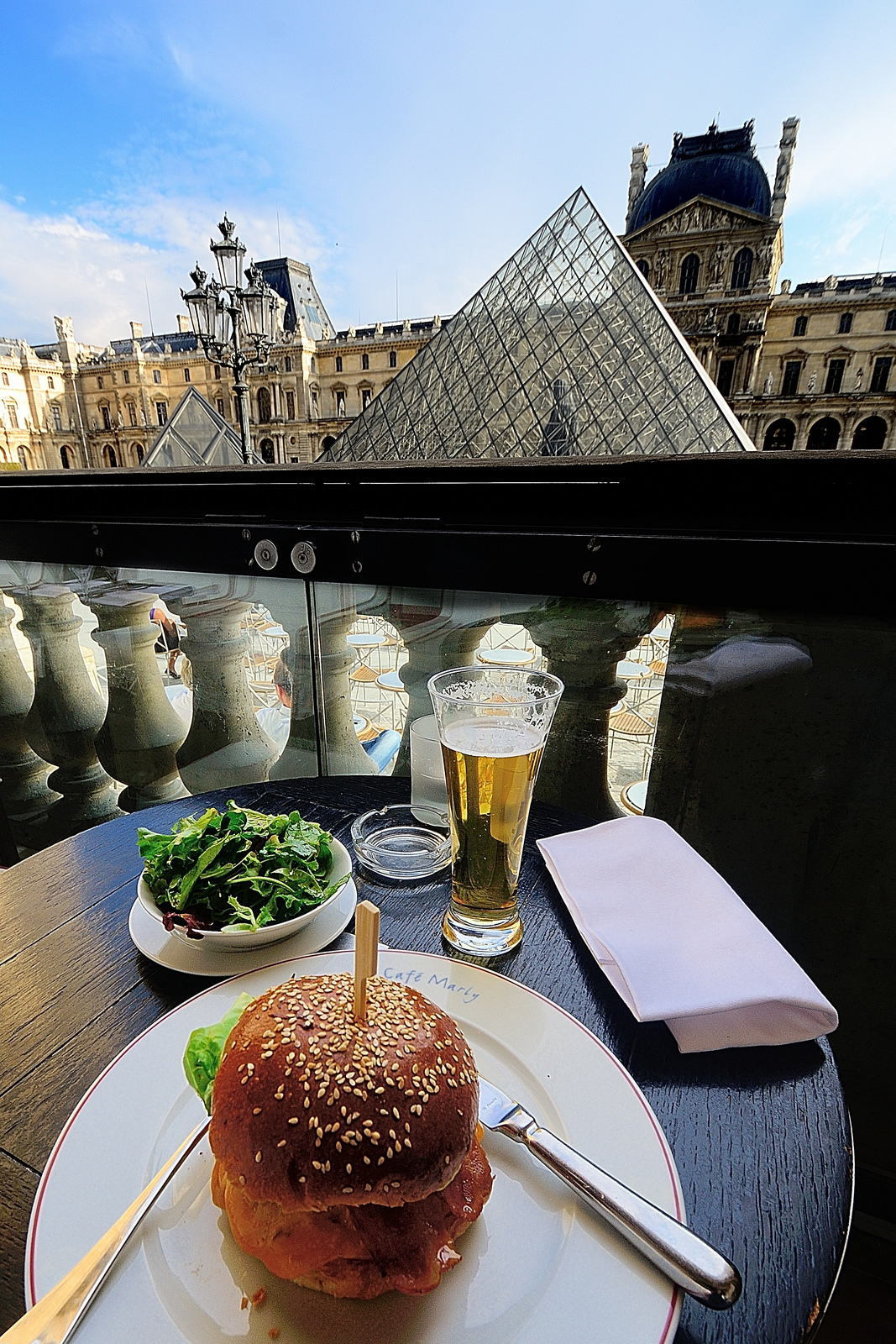
Le Café Marly
Le Comptoir du Louvre
PAUL is a French-style bakery offering traditional and fancy breads, pastries, small cakes and desserts, as well as fresh and varied sandwiches for a perfect lunchtime snack.
The Comptoir du Louvre is a takeaway counter set behind the information desk. The Comptoir also offers a small number of tables and chairs as a more relaxing alternative.
Le Café Marly
Located under the arcades of the Richelieu wing, the Café Marly boasts one of Paris's most enchanting settings with its Napoleon III dining rooms and shady terrace overlooking the Pyramid and the Cour Napoléon.
The Café Marly offers an intimate, cossetted setting, with padded banquettes and gilded woodwork by Olivier Gagnère and Yves Taralon. Its sumptuous decor evokes the Louvre's past as a royal residence.
How to get there
Metro: Palais-Royal–Musée du Louvre station (line 1).
Bus: the following bus lines stop in front of the Pyramid: 21, 24, 27, 39, 48, 68, 69, 72, 81, 95, and the Paris Open Tour bus.
Car: an underground parking garage is available for those coming by car. The entrance is located on avenue du Général Lemonnier. It is open daily from 7 a.m. to 11 p.m.
Batobus: get off at the Louvre stop, quai François Mitterrand.



